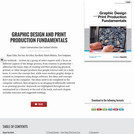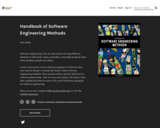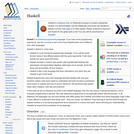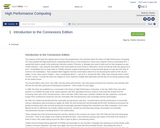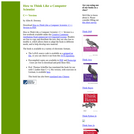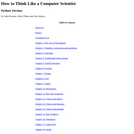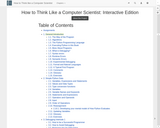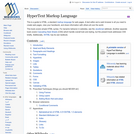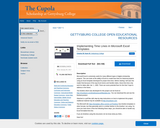An Open Textbook Created with Students at the University of Arizona
Short Description:
Social media and humans exist in a world of mutual influence, and humans play central roles in how this influence is mediated and transferred. Originally created by University of Arizona Information scholar Diana Daly, this Winter 2022 Edition of the book Humans R Social Media uses plain language and features contributions by students to help readers understand how we as humans shape social media, and how social media shapes our world in turn.
Long Description:
Social media and humans exist in a world of mutual influence, and humans play central roles in how this influence is mediated and transferred. Originally created by University of Arizona Information scholar Diana Daly, this Winter 2022 Edition of the book Humans R Social Media uses plain language, audio and video, embedded questions and active learning activities, and contributions by students to help readers actively understand how we as humans shape social media, and how social media shapes our world in turn. The authors and contributors examine digitally mediated identity, microcelebrity, and relationships through sociological and feminist perspectives, and visualize networked publics and online spaces using historic forms of communication. Dynamic coverage by Daly and contributors also examines the #metoo movement, Black Lives Matter, and conversations around race and radicalism. Most notably, the world of information is examined through simple explanations of algorithms, types of misinformation, and spreadable media including memes. Designed for beginning college students, Humans are Social Media offers a unique, multimedia overview of social media in relationships with users and human cultures. (Cover design by Jacquie Kuru featuring work by iVoices Media Lab students. Top row, from left: Aditya Kumar, Anonymous, Alora, Preston Pierce Kerstin. Row 2: Jenna N Wing, Anna, Brenda Dolores Perea, Kennedy. Row 3: Jillian Bandler, Emilee Gustafson, Anonymous, Bianca. Row 4: Abby Arnold, Ashlyn Geaslen, Malia, Nellie Youssef. Row 5: Blaze Mutware, Luis A. Ruiz, Rachel Rojas, Sydney)
Word Count: 71820
(Note: This resource's metadata has been created automatically by reformatting and/or combining the information that the author initially provided as part of a bulk import process.)

